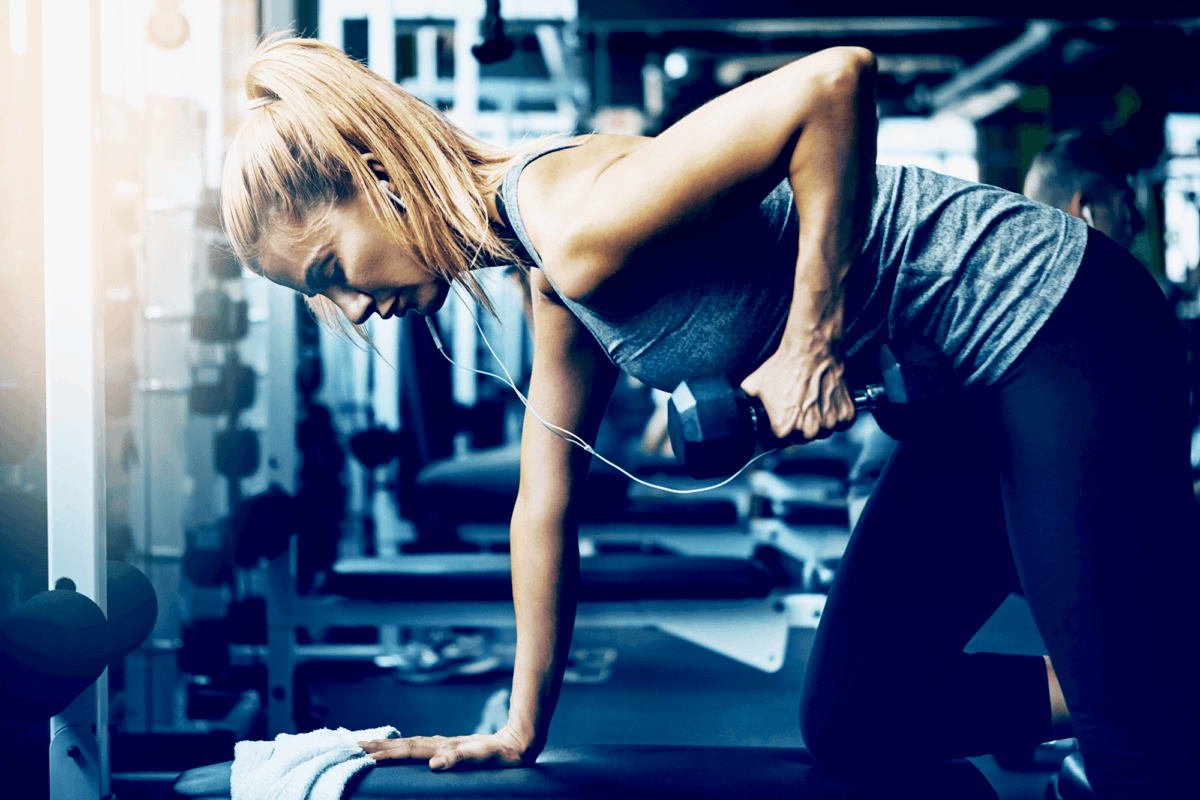It is common to hear that a woman may need to plan her training around different phases of her menstrual cycle as they can significantly impact performance and adaptations. However, does the scientific evidence really support such claims?
Overview
What did they test? The authors reviewed the current literature on the effect of women’s menstrual cycle phase on lifting performance and adaptations.
What did they find? Menstrual cycle phases did not have a meaningful impact on strength performance or resistance exercise adaptations. Additionally, commonly cited studies that support adjusting training based on each phase of the menstrual cycle are seriously limited and should be interpreted cautiously.
What does it mean for you? You don’t need to train a specific way on different phases of your menstrual cycle. Listen to your body and adjust accordingly but don’t think you’ll need to significantly change your training from what you usually do.
What’s the Problem?
It comes as no surprise that muscular adaptations to training can affect and be affected by hormones, with those sometimes being sex-specific. The most famous hormone that is often mentioned in the context of resistance training is usually testosterone, often used when discussing adaptations in men, given that it's a male hormone, although women also produce testosterone in much smaller amounts.
Men's sex hormones tend to remain relatively consistent on a day-to-day basis while women experience more significant hormonal fluctuations in their menstrual cycle, something that has often led to exercise scientists, somewhat wrongfully, biasing their participant selection towards males to avoid potentially having to control for menstrual cycle phases. The latter has often been thought necessary as it is widely believed that a woman’s menstrual cycle can affect her training performance and potentially even the adaptations induced by training due to hormonal fluctuation. If you’ve ever done any research around the menstrual cycle and its effect on training performance and adaptations you may have come across several articles discussing tips on adjusting training on different phases, with some even quoting elite athletes who have had issues with their training during certain phases of their menstrual cycle 1.
The menstrual cycle has four phases: menstruation, follicular, ovulation, and luteal. Menstruation, commonly called a period, is the shedding of the uterus lining. The follicular phase is when the uterus lining thickens, and the ovary produces follicles that mature into an egg. Ovulation is when the egg is released, and the luteal phase is when the uterus lining thickens in preparation for pregnancy, but sheds if pregnancy does not occur.
There are even articles in magazines like “Muscle & Strength” discussing how to manipulate training depending on the phase of your menstrual cycle with claims like “When ovulating, be prepared to try some personal bests! Women have a strength increase of about 11% at mid-cycle compared with both the follicular and luteal phases. However, during ovulation, ligament relaxation could result in a higher incidence of injury”.

The literature on the effects of testosterone and training adaptations is quite “rich” but somewhat limited regarding the effect of ovarian hormones like estradiol and progesterone, which greatly fluctuate during the menstrual cycle, on muscular adaptations. Evidence shows that estradiol and progesterone may play a role in regulating the growth of fat-free mass, but the mechanisms behind progesterone’s role still warrant further research 2 3.
Estrogen levels in women typically reach their highest point during the late follicular phase before ovulation, whereas progesterone levels tend to peak during the mid-luteal phase after ovulation, throughout the menstrual cycle.
Estradiol and progesterone decline during menopause, and postmenopausal women are much more likely to experience muscle loss. In addition, there is evidence from rodent studies to support the theory that estrogen deficiency reduces the number of satellite cells in the muscle, which in turn harms muscle mass maintenance; however we must be cautious when interpreting rodent evidence as they don’t directly replicate the process of menopause in humans.






